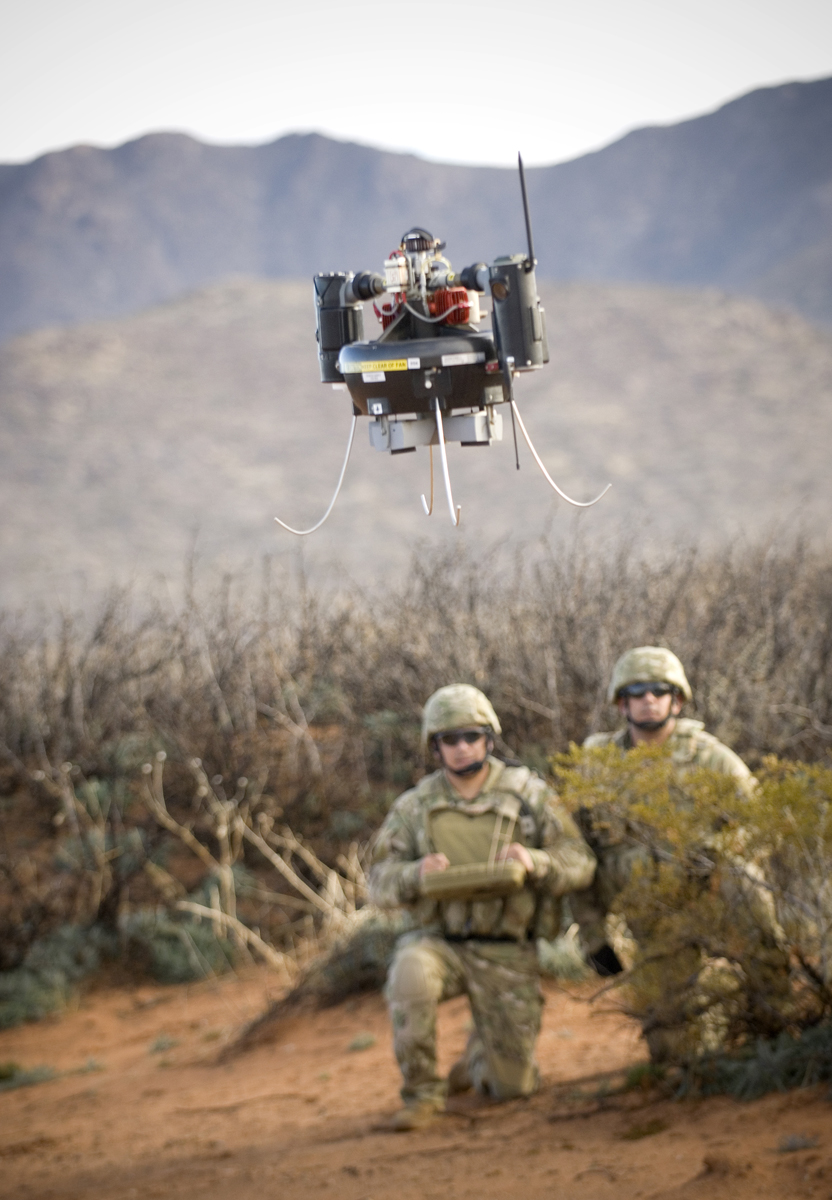By Bill Boothby

During the ten years since an unmanned aerial vehicle, or UAV, was used to target Qaed Senyan al-Harthi in Yemen in 2002, attack of ground targets from unmanned platforms in the air has gone from a novelty to mainstream. The United States sees such technology as a vital element in its fight against international terrorism, and such military operations are routinely conducted from the airspace above Afghanistan, Pakistan and elsewhere. The aircraft are unmanned in the sense that instead of having a pilot on board, a UAV operator, to whom information is fed from sensors aboard the vehicle and from other sources, steers the vehicle and controls its use of the weapons it carries. He will do this from a ground station which may be located nearby or far from the scene of the resulting violence, even in a different continent.
These operations arouse controversy at a number of levels. At the time of writing, former international cricketer turned senior Pakistani politician Imran Khan and his supporters are undertaking a protest march against US drone (as some insist on inaccurately labeling them) strikes in that country. In the minds of many, this use of UAVs is inextricably linked with notions of targeted killing, a subject which Nils Melzer has discussed in depth in his scholarly work and which has been the subject of extensive legal, human rights and political debate.
And yet, when employed in the course of an armed conflict, there are no particularly novel issues raised by UAV operations to attack ground targets. The established customary rules that bind all States, irrespective of which treaties they may have adopted, apply equally to attack operations using UAV technology. So the UAV operator who steers and controls weapons release, the ‘man in the loop’ as the jargon goes, must comply with important rules. He or she must maintain a distinction at all times between combatants (principally members of the armed forces) and civilians who do not participate directly in the hostilities, and between military objectives and civilian objects, making only combatants, directly participating civilians, and military objectives the object of attack. He or she must only undertake attacks that discriminate appropriately between these classes of person and object because a specific rule prohibits indiscriminate attacks. He or she must not attack persons and objects entitled at law to special protection and must take the precautions the law requires as a means of seeking to ensure that these rules are not breached.
It is these precautionary requirements that will be in the forefront of a UAV operator’s mind. He must, in very general terms, take constant care to spare civilians and civilian objects, must do all he can to verify that it is lawful to attack the target (for example, that the combatant has not been rendered hors de combat, or out of the fight, due to wounds or sickness), must do all he can to check that his chosen method of attack minimizes dangers to civilians and civilian objects, and must refrain from or cancel attacks that may be expected to cause injury or damage to civilians or civilian objects that would be excessive in relation to the anticipated military advantage from the attack.
But these are the same rules as a pilot of a manned aircraft must comply with and the data made available to the UAV operator is likely to be similar to that which a pilot would receive, so there do not seem to be any unique legal issues raised by these ‘man in the loop’ operations.

Now go one stage further in the direction in which technological advance seems to be leading us, namely towards autonomous attacks. Here we dispense with the UAV operator, or at least we take him out of ‘the loop’. The unmanned platform, which may be an aircraft, a land vehicle or a marine craft, may navigate itself autonomously, but that is not the legally interesting aspect. Rather, it is when the machine is designed to decide which targets to attack and how to undertake the attack that important legal issues start to arise. The sensors on the platform may well enable it to differentiate between, say, a civilian truck and an artillery piece or a tank, and having recognized the military vehicle, to attack it.
But how can a machine determine that the attack will be discriminate, that the collateral damage to be expected is not excessive in relation to the anticipated military advantage, and how can the machine differentiate between, for example, an able-bodied combatant whom it is lawful to attack and a combatant who is hors de combat and the attack of whom would be unlawful?
All States that develop or acquire new weapons must consider whether their use would in some circumstances at least breach the law applying to the relevant State. It follows that the existing rules of distinction, discrimination, precautions, and proportionality to which we referred earlier will have to be applied to any future plans to develop autonomous attack technologies. Only if the technology is compatible with compliance with those rules should it be fielded and used.
But irrespective of what the law may say, is a process that removes people entirely from direct involvement consistent with our view of what war ought to be all about? If Homer considered fighting at a distance to be unheroic and therefore unacceptable, is wholesale delegation of attack decision-making to machines what we want to see? It may not be war as we know it, Jim, but is it war as we want to see it? The cynic in me suspects the answer is yes, provided ‘we’ benefit, however temporarily.
Bill Boothby is the former Deputy Director of Legal Services for the Royal Air Force. He is currently engaged as a member of the core group of international law experts preparing a Manual on the International Law of Cyber Warfare and also published Weapons and the Law of Armed Conflict (OUP, 2009).
Subscribe to the OUPblog via email or RSS.
Subscribe to only law and politics articles on the OUPblog via email or RSS.
View more about this book on the ![]()
![]()
Image credits:
XM156 Class I UAV of the US Army. By US Army [Public domain], via Wikimedia Commons
An MQ-1B Predator unmanned aircraft from the 361st Expeditionary Reconnaissance Squadron takes off July 9 from Ali Base, Iraq, in support of Operation Iraqi Freedom. By Tech. Sgt. Sabrina Johnson [Public domain], via Wikimedia Commons



When you find yourself in a fair fight it is time to rethink your strategy. I am not sure who said that but it makes sense as do UAVs. This is not a tournament with knights jousting, it is a nasty business.